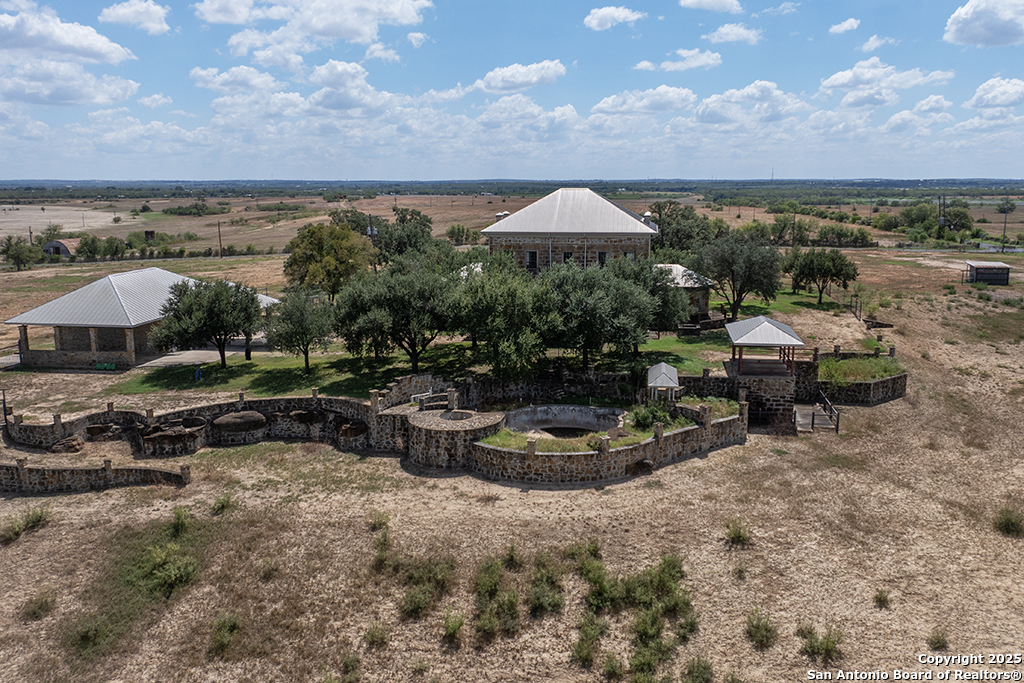January 39°F
July 96°F
Bexar County, located in South-Central Texas, is celebrated for its rich history, vibrant cultural scene, and bustling urban life. Established in 1836, the county is home to San Antonio, the second-most populous city in Texas. Known for iconic landmarks like the Alamo and the River Walk, Bexar County blends historical significance with modern growth, offering a dynamic and welcoming environment for residents and visitors alike. With its diverse population, economic vitality, and cultural richness, Bexar County stands as a unique and inviting part of Texas.
AREA HISTORY
Bexar County was established in 1836 and named after SanAntonio de Béxar, one of the original Spanish municipalities in Texas. The area was originally inhabited by Native American tribes, including the Coahuiltecan, before Spanish explorers and settlers arrived in the late 17th century. The county's history is marked by its pivotal role in Texas' fight for independence, with the Battle of the Alamo being a significant event. Historic sites such as the Alamo, Mission San José, and the Spanish Governor's Palace offer deep insights into the county’s storied past and its contributions to Texas history.
GEOGRAPHY
Bexar County, located in South-Central Texas, is characterized by rolling plains, fertile farmland, and clear rivers, with the San Antonio River being a prominent geographical feature. The terrain includes woodlands, grasslands, and riparian zones, supporting a variety of plant and animal life. The climate is humid subtropical, with hot summers and mild winters, making the area suitable for agriculture and outdoor activities.
CULTURAL HERITAGE
Bexar County's cultural heritage is deeply rooted in its historic significance and diverse population. The county hosts various events and festivals throughout the year, celebrating its history and community spirit. The annual Fiesta San Antonio and the San Antonio Stock Show & Rodeo are major events that draw visitors from across the region and beyond. Historic downtown San Antonio features historic hotels, museums, shops, and restaurants that reflect the county's heritage and vibrant community life.




















